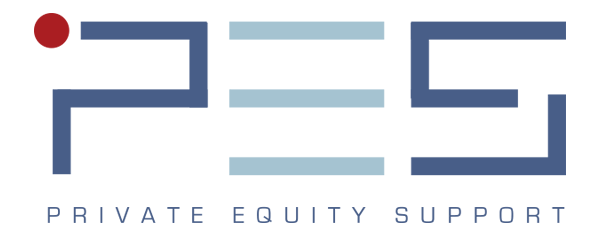
Company valuation refers to the process of determining the economic worth of a business or company, and it is important to investors as it provides valuable insights into a company’s financial health, growth prospects, and potential for future returns on investment, helping them make informed investment decisions.
Valuation techniques are used by investors to estimate the true value of a company or asset. There are various methods of valuation, each with its own strengths and weaknesses. In this article, we will explore some common valuation techniques.
Discounted Cash Flow (DCF) Analysis: This is a widely used valuation method that estimates the present value of a company’s future cash flows. It involves projecting future cash flows and discounting them to their present value using a discount rate. DCF analysis requires a lot of assumptions, such as growth rates, discount rates, and terminal values, making it vulnerable to errors.
Comparable Company Analysis (CCA): This method compares the financial metrics of a company with those of its peers in the same industry. CCA uses multiples such as price-to-earnings (P/E), price-to-sales (P/S), and enterprise value-to-EBITDA (EV/EBITDA) to determine a company’s value relative to its peers. CCA is relatively simple and easy to understand, but it may not account for differences in growth rates, risk profiles, and other factors that affect a company’s valuation.
Asset-Based Valuation (ABV): This method values a company based on the value of its assets minus liabilities. ABV is more suitable for companies with tangible assets such as real estate, manufacturing equipment, and inventory. However, it may undervalue companies with intangible assets such as patents, trademarks, and goodwill.
Sum-of-the-Parts (SOTP) Analysis: This method values a company by breaking it down into its individual business segments or assets and valuing them separately. SOTP is useful for companies with diverse business operations or assets that are difficult to value. However, it requires more time and resources than other methods, and the sum of the individual parts may not always equal the total value of the company.
Option Pricing Models: These models use options theory to value companies with uncertain cash flows, such as start-ups or companies in emerging markets. Option pricing models take into account the volatility of cash flows and the probability of success to estimate a company’s value. However, they may be difficult to apply in practice due to the complexity of the models and the assumptions required.
In conclusion, each valuation method has its own advantages and disadvantages. Investors should use multiple valuation techniques and exercise judgment to arrive at a reasonable estimate of a company’s value. It is important to remember that valuation is an art, not a science, and that no valuation method is perfect.




